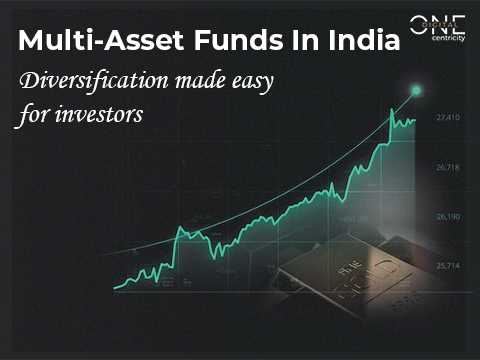Become a part of India’s bond market global limelight journey!
20th October 2023 | Author : Centricity

Recently, India bagged yet another achievement in the financial sector. J.P. Morgan, a renowned international financial firm, has chosen to incorporate Indian government bonds into its developing market debt index.
India’s bond market is already on a roll with excellent performance. It has an astounding $2.34 trillion worth of outstanding bonds as of March 31, 2023. Additionally, with J.P. Morgan’s inclusion marks a significant milestone in the Indian financial landscape!
Now the question that arises is how will this inclusion impact domestic and international investors. With this, let’s understand the future of investments in India!
What are bonds?
Investing in bonds means lending your money to a company, government, or other organization in exchange for a promise that they will pay you back your initial investment (the principal) along with periodic interest payments.
Think of it like lending money to a friend with the agreement that they'll pay you back the amount you lent plus some extra money as a thank-you for using your money (interest). Bonds are a way for these entities to raise money, and when you invest in them, you become a creditor who will receive these regular interest payments and get your initial investment back when the bond matures.
Bonds are generally considered a safer investment compared to stocks because the interest payments and repayment of the principal are typically more predictable. However, the trade-off is that the potential returns are often lower than what you might earn from stocks. So, bonds can be a more conservative investment option for those looking for more stability in their portfolio.

Source: S &P Global
Will there be any impact on adding Indian bonds to the J.P. Morgan index?

The Government Bond Index-Emerging Markets (GBI-EM) index and its index suite, which is backed by about $236 billion in worldwide funds, will include Indian local bonds. The securities will be added to the index weighting in 1% increments over a period of ten months, with the goal of reaching a maximum weight of 10%.
It is anticipated that the global index's inclusion will trigger a surge in foreign investment. According to market estimates, this inclusion may bring in between US$20 and US$40 billion initially, with the potential for an incredible US$180 billion over the course of the following ten years. This foreign capital inflow is expected to drastically reduce the cost of issuing government debt, providing the private sector with enormous resources.
How can you, as an investor, participate in the bond market?

Disclaimer: The above content should be used for informative purposes only. Equity investments are subject to market risk. Please consult your financial advisor before making any investment decisions.

Thematic Funds in India: A Growing Trend in Investment!
30th January 2025

Are you investing in SIPs smartly ?
21st January 2025

Multi-Asset Funds in India: Diversification Made Easy for Investors
16th December 2024

Multi-Cap vs Flexi-Cap Mutual Funds: Where to Invest in 2024?
26th September 2024


